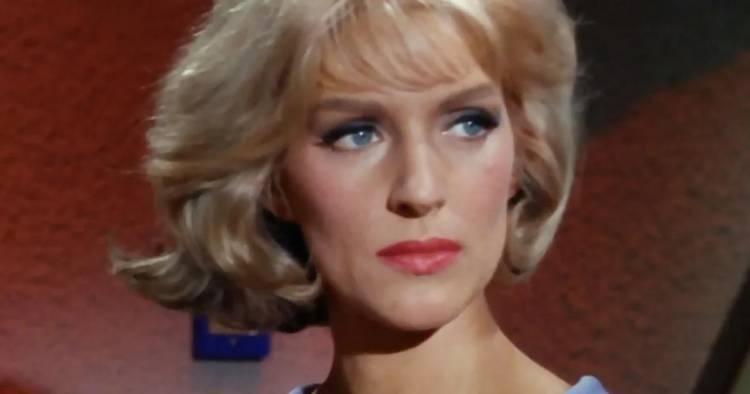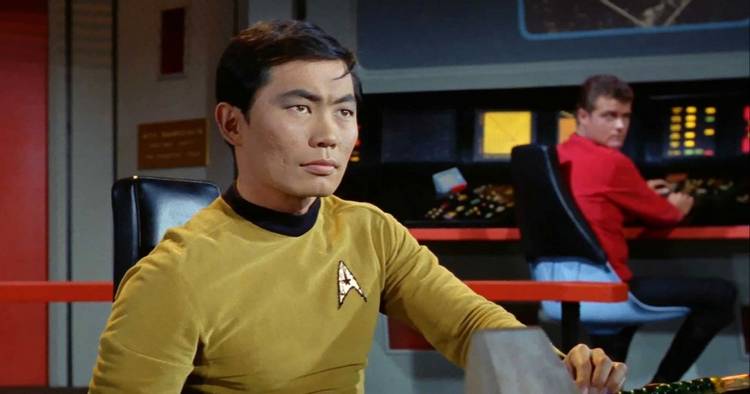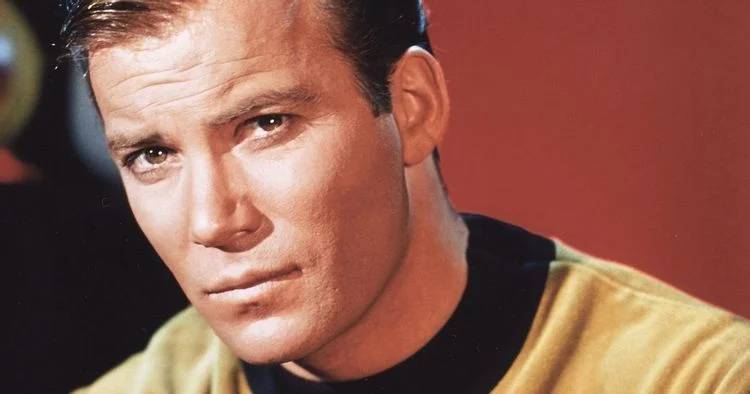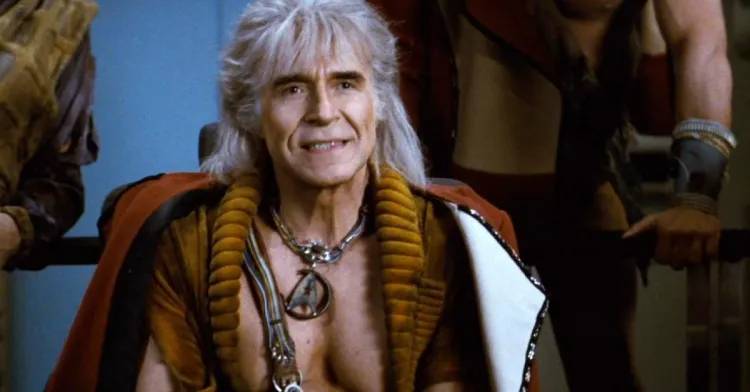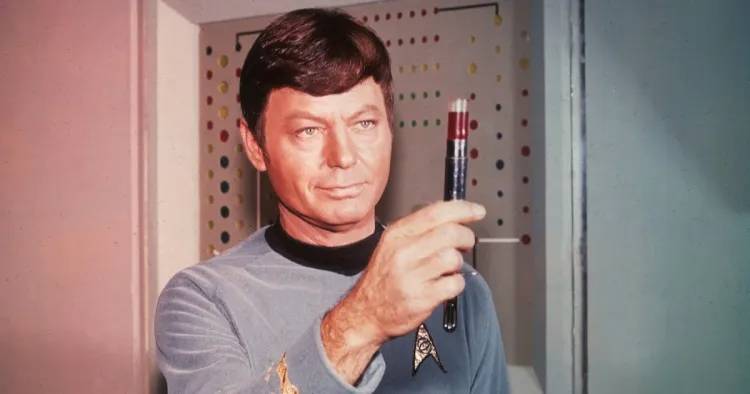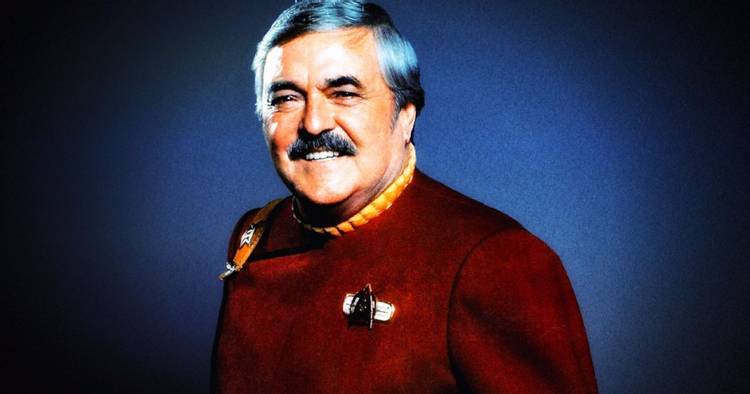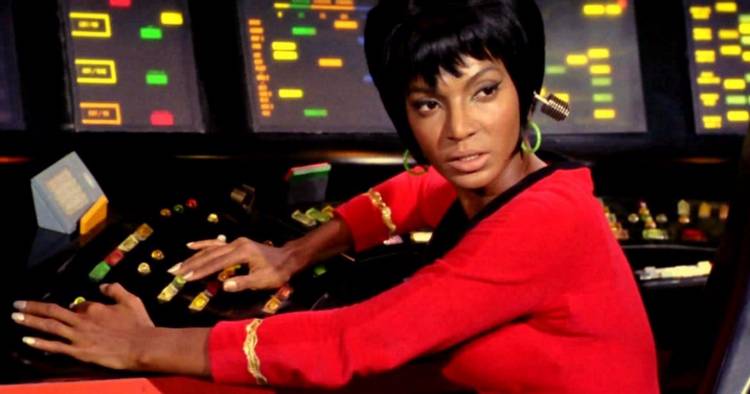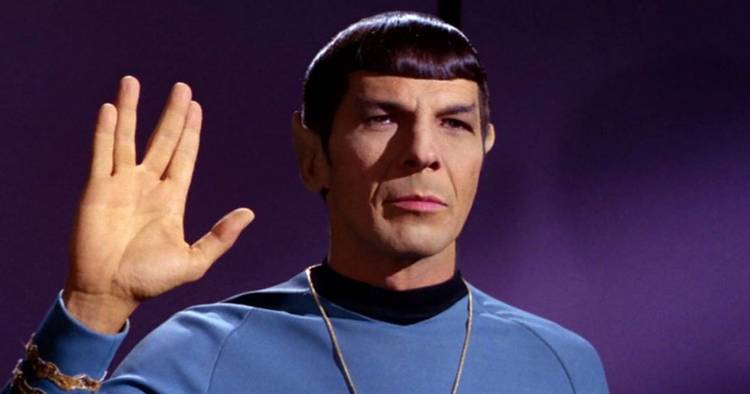The first episode of Star Trek debuted on NBC in 1966. Star Trek, a five-year journey to explore strange new worlds, seek out new civilizations, and travel where no one had gone before, was created by Gene Roddenberry and set in the year 2266. Star Trek remained as a component of pop culture and built a vast, ardent fandom in syndication that maintained the show in the public awareness long after it aired, despite the fact that the series only lasted three seasons with 79 episodes showing. The popularity of the show led to a series of high-profile films starring the original cast, which began in 1979 with Star Trek: The Motion Picture and lasted until 1991 with Star Trek VI: The Undiscovered Country.
Star Trek’s characters were one of the show’s main draws. Star Trek relied heavily on its characters to carry the series, despite the fact that it was a science fiction series that promised spectators extraordinary experiences. Star Trek: The Original Series had something for everyone, with an adventurous captain, a half-alien science officer, and a crew that represented Earth’s diverse culture and ethnicity. The characters became pop culture icons, with the actors reprising their roles in feature films even as they grew older. The characters were so popular that recasting them and telling their origin story was a major selling point for rebooting the brand in 2009’s Star Trek. From Star Trek: The Original Series, these are the best characters.
Christine Chapel
Christine Chapel was the ship’s nurse and a key member of the crew throughout the three seasons of the series, frequently used to contrast Spock’s Vulcan character. Majel Barrett (who was originally cast as Number One in the first Star Trek pilot) was the voice of the Enterprise computer and later married Star Trek creator Gene Roddenberry. Unfortunately, the character was limited to minor roles in Star Trek: The Motion Picture and Star Trek IV: The Voyage Home, and was completely removed from the Kelvin reboot films (with only two off-screen remarks); however, Jess Bush will reprise the role in Star Trek: Strange New Worlds.
Hikaru Sulu
Gene Roddenberry, the ship’s captain, invented Hikaru Sulu to represent all of Asia in an attempt to demonstrate the peace of the future in which Star Trek takes place. Sulu was played by George Takei, a larger-than-life actor whose characteristic voice lends weight to the character’s words and helps sell the series’ realism. Sulu’s vast list of hobbies is one of his most distinguishing characteristics, portraying a well-rounded character with a life outside of his career. Botany, gymnastics, and fencing are three of Sulu’s hobbies.
Sulu progresses through the ranks in the films after the series, becoming lieutenant captain in Star Trek: The Motion Picture and eventually Captain of the USS Excelsior in Star Trek VI: The Undiscovered Country.
James T. Kirk
James T. Kirk, the captain of the USS Enterprise, is one of the most well-known characters in all of science fiction. He is a doer who will solve an issue with his fist, but he is also a scholar who can broker a deal. Kirk is a ladies’ man, but he’s also a man with a deep spirit who cares profoundly about others. Surprisingly, the character did not appear in the pilot episode of the original series. Kirk and Shatner are the perfect blend of melodrama and camp that gave Star Trek the energy it needed, and William Shatner’s performance in the role is what helped turn Star Trek into the franchise audiences know and love today.
Kirk became the model paradigm of a science fiction hero for young viewers, following in the footsteps of pulp characters like Flash Gordon’s Doc Savage. Kirk’s characterization is so well-defined in popular culture that he has been extensively parodied and referenced outside of Star Trek over the past half-century, and Shatner’s status as Kirk eventually led to him being flown to space in the Blue Origin suborbital space shuttle at the age of 90, making him the oldest person to fly in space. In Star Trek media, every successive captain is described by how similar or dissimilar they are to Kirk. The audience was fully on board for the adventures of the USS Enterprise with Captain Kirk at the helm.
Khan Noonien Singh
Though Khan Noonien Singh (played by Richardo Montalbán) only appeared in one episode of the original series, there is a reason this one-off character was brought back to be the major villain in a Star Trek film. Khan and his crew were locked in suspended animation after controlling more than a quarter of the planet Earth in the 1990s, only to be reawakened by the Enterprise crew in the future.
Khan and his crew are marooned on Ceti Alpha V to build a new colony after attempting to steal control of the Enterprise from Kirk. In Star Trek II: The Wrath of Khan, the figure reappears, seeking vengeance against Kirk, and inadvertently kills Spock, inflicting a severe blow on the crew. With Benedict Cumberbatch playing Khan prominently in the reboot movie and the character having a connection to Strange New Worlds, Khan is the most dangerous foe the Enterprise Crew has ever faced, and even after just one episode, it was evident the character has more stories to tell.
Leonard “Bones” McCoy
Bones, the ship’s chief medical officer, is one of Kirk’s closest friends and someone he can talk to and seek advice from on a regular basis. Bones’ status as a doctor means he usually pushes for actions that will do the least amount of harm. Bones, played by DeForest Kelly, was part of the core triangle of character dynamics involving the central leads in the series. Bones’ emotions, sarcastic humor, and sympathy, which frequently clash with Spock’s cold rationality, define him. Although Bones and Spock have opposing viewpoints, they have a great mutual respect for one another, and it is thanks to Bones that Spock is able to resurrect in Star Trek III: The Search for Spock.
Bones may also have the two most popular Star Trek lines. “He’s dead, Jim” and “I’m a doctor, not…” are popular phrases not only in Star Trek, but also in general popular culture. Bones is a figure who heals but also brings a great deal of levity and comedy in the series’ darker moments.
Montgomery “Scotty” Scott
Montgomery Scott, aka Scotty, is the ship’s engineer and third in command. He has a special relationship with the Enterprise, caring for it as if it were a child. Scotty, played by James Doohan, is frequently a source of humorous relief throughout the original series and films. Scotty frequently adds a feeling of warmth and charm to the events of the stories, and he remains the ship’s lead engineer throughout the original series and six films, demonstrating someone who is sincerely doing what he loves.
Nhoyot Uhura
Uhura is the ship’s translator and communications officer, and her portrayal on television, by Nichelle Nichols, marked a significant step forward in terms of female representation. Uhura was one of the first Black women to have a prominent starring role on television, and her kiss with Kirk in the 1968 episode “Plato’s Stepchildren” was one of the first major depictions of an interracial kiss. Uhura’s significance extends beyond the series and into the wider world, since seeing a Black woman in a key position on a television show treated equally to her peers was the promise of the utopian future Star Trek offered its audience.
Stars like Whoopi Goldberg (who went on to play Guinan in Star Trek: The Next Generation) and Dr. Mae Jemison, the first Black woman to fly on the Space Shuttle, as well as President Barack Obama, were all inspired by it. When Nichols considered leaving Star Trek, she was persuaded not to by a powerful fan: Dr. Martin Luther King Jr. Uhura stated that television might be a space for everyone.
Pavel Chekov
Pavel Chekov, a Russian-born ship’s navigator who is 17 years old, was introduced in season two as a strategy to appeal to a younger audience. To demonstrate his youthful attractiveness, the series cast Walter Koening in the part and gave him a hairstyle similar of The Beatles and The Monkees. It was a bold step to have a Russian character on television in the 1960s, at the height of the Cold War, and it speaks to the Star Trek franchise’s overarching optimism that the future can and should be better than the present.
Spock
Kirk may be the captain, but when people think of Star Trek, the first thing that comes to mind is Spock. Spock, the Enterprise’s half-human, half-Vulcan science officer, is the ship’s second in command and Kirk’s best friend. While the character is recognized for employing logic to solve problems, Spock is defined by his humanity, which he embraces more as the franchise progresses.
The role, portrayed to perfection by Leonard Nimoy, was originally turned down by the network because he appeared to be satanic. Spock, on the other hand, has become the face of the franchise, having appeared with the crew in all six original films and in an important episode of Star Trek: The Next Generation; Leonard Nimoy’s return to the role in the reboot films after years away was seen as a passing of the baton to the cast of the 2009 Star Trek. The franchise has been defined by Spock’s several notable statements, including “logical,” “live long and prosper,” and “the interests of the many transcend the demands of the few, or the one.” Spock is the pinnacle of the Star Trek franchise.


